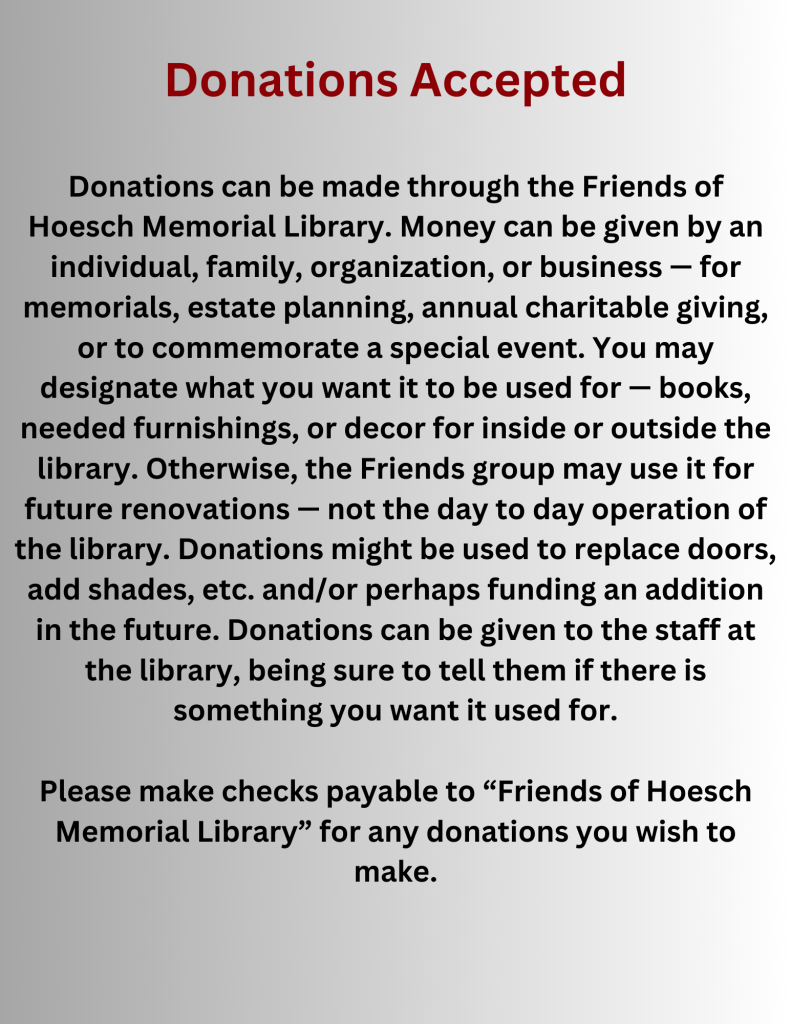How to Identify Fake News
How to Spot Real and Fake News (MindTools): Find out what fake news is, how it spreads, and how to spot it online.
Ten Questions for Fake News Detection (News Literacy Project): Use this quick checklist to make sure you’re spreading good information to friends, family and coworkers.
News Lit Quiz (News Literacy Project): Take this 7 question quiz to test your news literacy.
What are Deep Fakes?
It’s Getting Harder to Spot a Deep Fake Video (YouTube- Bloomberg): Learn what a deep fake is and how this new technology can impact the way you view media.
What are Deepfakes and How Are They Created? (Institute of Electronics Engineers): This article tells you everything you need to know about Deepfakes in video and audio.
Deepfakes- Real Consequences (YouTube- ColdFusion): Dive into the history and more details about how deep fakes are made in this video.
Social Media & Misinformation
MIT Sloan Research About Social Media, Misinformation, and Elections (MIT): This summary explores how misinformation spreads and what can be done about the problem.
Tools That Fight Disinformation (RAND): Use this collection of websites to fact check things you find online and learn about media literacy.
How to Identify Fake News in 10 Steps (ProQuest): Use this printable checklist any time you are skeptical about a news source.
Websites to Verify Information
PolitiFact (The Poynter Institute): Go here to find out if that splashy headline is real or fake. Here’s their methodology if you’re curious about how it works.
Snopes (Snopes Media Group): This popular fact-checking resource will help you verify your information before deciding what to trust online.
Media Bias / Fact Check (MBFC): Go here to find out what kind of bias your favorite news channel has in their reporting. There is also a “least biased” media recommendation list.
Finding Unbiased News
Media Bias / Fact Check (MBFC): Go here to find out what kind of bias your favorite news channel has in their reporting. There is also a “least biased” media recommendation list.
How Confirmation Bias Works (VeryWellMind): Learn how people interpret information to support existing beliefs and how to stay curious about opposing views.




